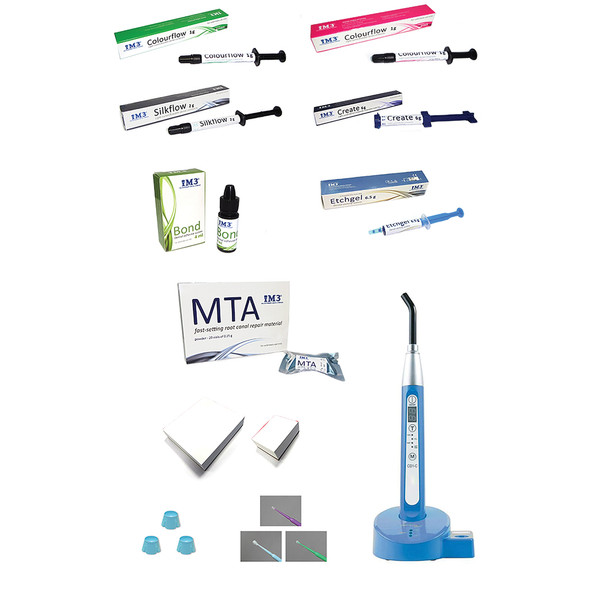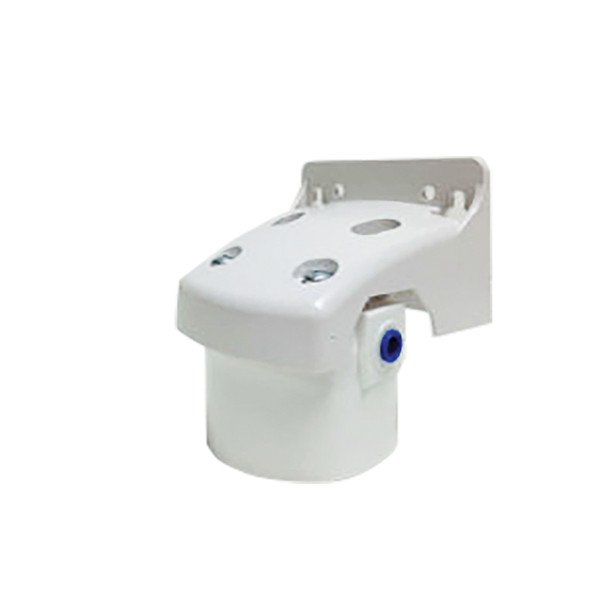Description
iM3 Complete X-Ray Positioning Kit
Take the guess work out of dental radiography with the iM3 Dental X-Ray Positioning Kit.
*The iM3 X-Ray Positioning Kit has been designed to be used with Size 5 image plates, only available for the iM3 CR 7 VET or iM3 CR 8 VET. Human dental X-Ray systems with smaller ranges of plates cannot make proper use of the iM3 X-Ray Positioning Kit.
Includes:
- Polycarbonate IP bite protector plate holders, sizes 2, 4 and 5
- Set-angle positioning guides, sizes 30°, 45°, and 55°
- Adjustable bisecting angle guide
- Positioning instructional posters for full mouth series (Each poster is 297 x 630 mm)
Use the three set-angled positioning guides and the plate holders contained in this kit to achieve a full mouth series on dogs and cats in less than five minutes taking just six X-Rays with iM3's Magic Six. The positioning guides provide the perfect distance and angle for both cat and dog.
Forget trying to use a size 2 DR sensor to X-Ray a dog's full mouth. DR technology has limitations in veterinary dentistry, most notably the small size of the number 2 sensor compared to the large size 5 CR plate. DR sensors are fragile and expensive to replace. CR plates have a long life and are low cost. The large format size 4 and 5 CR dental plates combined with the positioning guides make it possible to substantially reduce the number of X-Ray required for a full-mouth series.
Complete set of accessories for easy dental X-Ray positioning with minimal training!
Requires CR image plates and CR 7 & CR 8 Vet Dental X-Ray Scanner.
Works best with iM3 Revolution 4 DC.
New canine projections
New 70° angles provide the option of an alternate canine and incisor projection which is useful for some breeds.
All new overview positioning posters
Dog, cat and rabbit positioning posters have larger and easy-to-follow illustrations.
Polycarbonate bite protector plate holders
Protect image plates from accidental damage (sizes 2, 4 and 5).
Now includes rabbit positioning poster!
For use with the new iM3 R3 Rabbit X-Ray Plate. Developed by Dr Adriana Regalado and Dr Loic Lengendre.
Full-Mouth Intraoral Radiographic Survey in Rabbits - published in the Journal of Veterinary Dentistry, 2017, Vol. 34 (3) 190-200.







